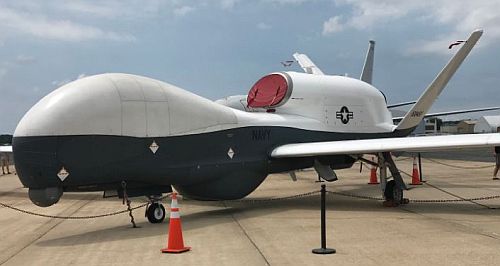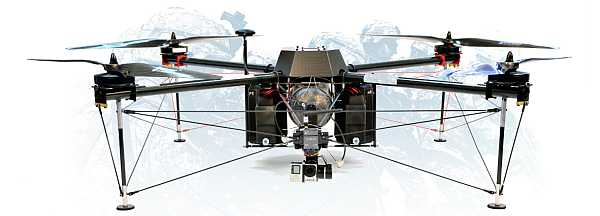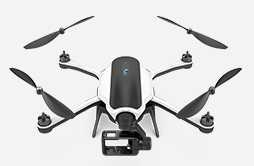Podcast: Play in new window | Download (Duration: 27:41 — 19.0MB)
Public meeting scheduled for BVLOS Aviation Rulemaking Committee Final Report, the MQ-9B STOL, Skyward is closing, bombs dropping from commercial drones, an indoor drone from DJI, Commercial UAV Expo 2022, and drone docking systems.
UAV News
FAA: Unmanned Aircraft Systems beyond Visual Line of Sight Aviation Rulemaking Committee Final Report
The UAS Beyond Visual Line of Sight (BVLOS) Aviation Rulemaking Committee (ARC) has scheduled a public meeting for June 22, 2022. Its purpose is to give the public an opportunity to comment on the UAS BVLOS ARC Final Report.
The meeting will be held virtually from 5:30 p.m. to 7:30 p.m. Eastern Time. On the day of the event, the Livestream can be viewed on Facebook or YouTube. Members of the public who wish to provide written comments and/or oral comments may email 9-FAA-UAS-BVLOS@faa.gov. Meeting minutes and other information will be posted on the FAA webpage.
To see the March 10, 2022, final report, visit Unmanned Aircraft Systems (UAS) Beyond Visual Line-of-Sight (BVLOS) Operations Aviation Rulemaking Committee (ARC).
MQ-9B STOL, first aircraft in its class to offer short takeoff and landing
General Atomics Aeronautical Systems, Inc. developed a kit for the MQ-9B SeaGuardian giving it short takeoff and landing, or STOL, capability. The kit allows the aircraft to operate from shorter fields (less than 1,000 ft) compared to the roughly 3,500-foot runways it currently requires.
Verizon is closing its Skyward drone management company
Verizon bought the Skyward drone management business in 2017. In a surprise announcement, Verizon now says it will close down Skyward on June 30, 2022, to focus on higher near-term growth activities.
Skyward Is Closing—What Does This Mean for LAANC and for Parrot’s ANAFI Ai?
Skyward launched in 2013 and provided LAANC services starting in 2017. The company conducted a remote drone operation in 2020 without a pilot present in a Washington state wildfire, helped establish Remote ID requirements, and partnered in 2021 with Parrot to provide 4G LTE connectivity for its ANAFI Ai.
Now There’s A Drum Magazine For Dropping Multiple Bombs From Commercial Drones
Reports are unconfirmed that a Dutch company (unnamed) has developed a drum magazine for commercial drones that holds and drops multiple mortar shells. It’s said that prototypes are headed to Ukraine.
DJI may be working a new FPV drone that you can fly indoors
According to leaks, A DJI indoor drone is coming between July and August 2022. Supposedly called Avata, the drone will weigh 500 grams and features ducted propellers, a camera, and “greatly improved” battery life.
Commercial UAV Expo 2022 Program – Vegas Show is Back, and Bigger than Ever
The Commercial UAV Expo is September 6-8, 2022 in Las Vegas. Featured sessions include keynotes, deep-dive vertical market sessions, and industry update sessions. See the 2022 Conference Program.
Advances in Drone Docking Systems
On-demand drone services need a place where drones can land and await the next mission, get their batteries charged, and be protected from environmental conditions. Globe UAV and HEISHA Technology have offerings in this space.
Mentioned
PBIA approved for ‘vertiport’ for electric jet service to connect Florida cities




